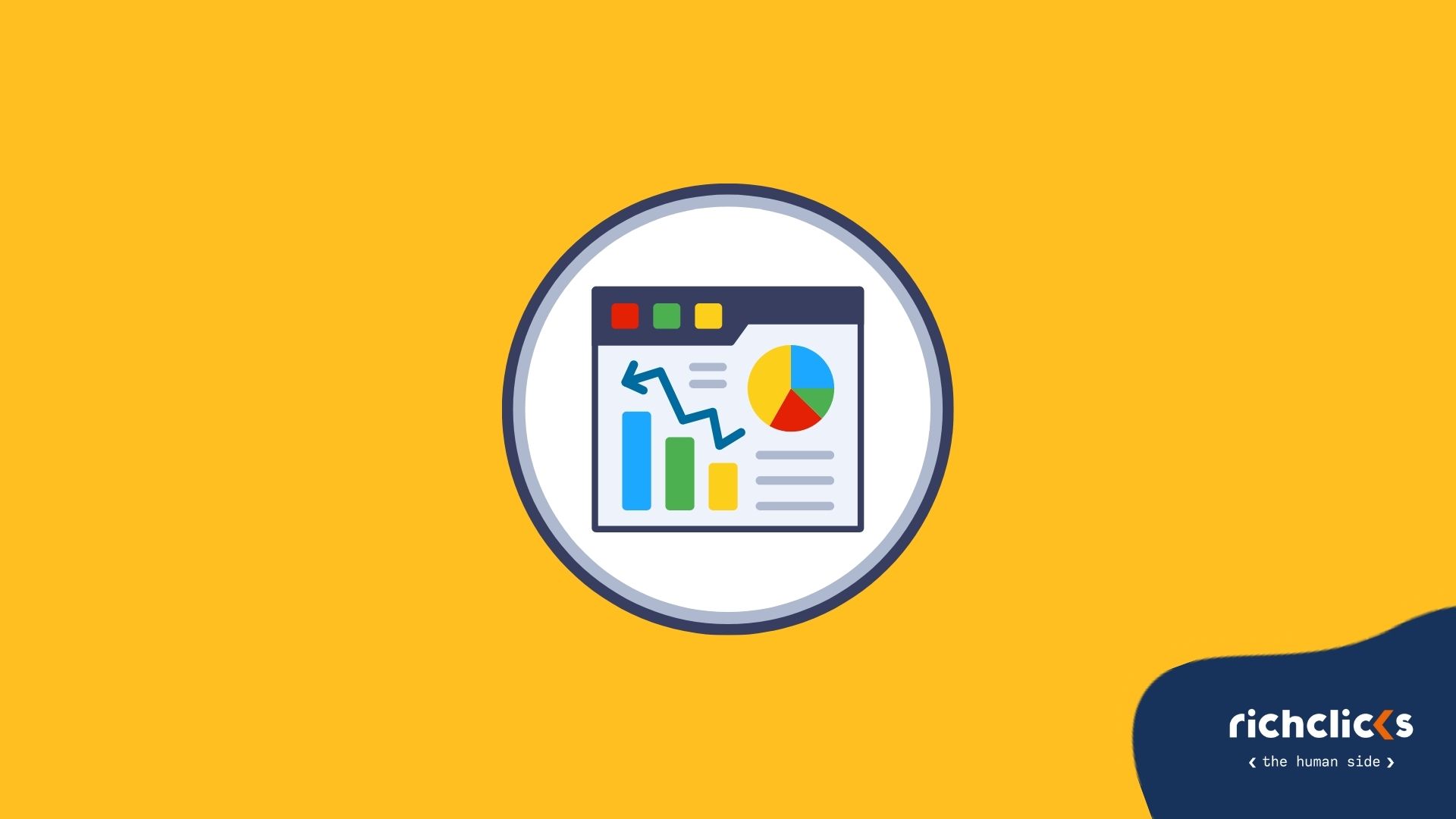Personalisation and AI in BFCM 2025: what's new

The Black Friday / Cyber Monday (BFCM) 2025 season won’t just be about discounts — it will be about personalized experiences.
Brands that leverage artificial intelligence and behavioral data to speak to the right customer, in the right channel, at the right time will have the upper hand.
The global AI-powered e-commerce market is projected to reach $8.65 billion by 2025, according to Sellers Commerce.
And as Monetate reports, two major trends shaping 2025 are “getting ready for generative AI” and “hyper-personalized shopping.”
Why personalization and AI have become strategic
Consumers increasingly expect brands to “get them”: a Medium survey shows that 88% of online shoppers expect personalized experiences.
AI-powered product recommendations can drive sales increases between 10 – 30%, according to WiserNotify.
The Klaviyo platform, in its BFCM 2025 insights, highlights real-time personalization and AI-driven segmentation as essential features for this year’s campaigns.
Five personalization and AI strategies to adopt right now
Before diving in, remember: personalization isn’t about inserting a name into an email.
It’s about using data, automation, and AI to create a relevant, seamless journey for every customer.
1. Unified profiles and dynamic segmentation
Use tools like Klaviyo CDP to centralize first-party data, browsing behavior, and purchase history into dynamic, real-time profiles.
2. AI-powered product recommendations
Integrate predictive algorithms that analyze behavior, preferences, and purchase frequency to suggest the products customers are most likely to buy.
Sales driven by AI recommendations can increase by up to 30%, according to WiserNotify.
3. Personalized messaging across all channels
Create emails, SMS, and app notifications that go beyond generic offers.
For example, VIPs get early access, inactive customers receive “win-back” messages, and new users get guided onboarding.
Cross-channel consistency strengthens both trust and conversion.
4. Smart timing and AI-driven automation
Personalization isn’t just what you send: it’s when and to whom.
Use AI to identify optimal send times and activate automated post-purchase cross-sell and upsell flows (Klaviyo).
5. Continuous analytics and optimization
Use AI-generated insights to measure performance, test variants, and refine the most effective paths.
As Lumenalta notes, effective AI personalization depends on a fast feedback loop that continually improves models.
Operational implementation: what to do now for BFCM 2025
- Collect, clean, and integrate customer data: purchase history, online behavior, preferences.
- Choose a platform that supports real-time segmentation and dynamic personalization (e.g. Klaviyo + AI).
- Build modular templates and flows with dynamic content variations per profile and channel.
- Test early: run A/B tests on AI-generated or personalized messages.
- Define a KPI tracking plan: personalized open rates, recommendation conversion, repeat purchase frequency.
After BFCM: making personalization last
Personalization doesn’t end when the sale does, it’s about nurturing the relationship:
- Send personalized post-event content (“You might also like…”).
- Segment new customers and launch AI-driven onboarding sequences.
- Build a continuous feedback loop: feed post-purchase behavior back into AI models to refine accuracy and relevance.
In short
In BFCM 2025, the real differentiator won’t be the biggest discount; it’ll be how relevant your brand feels.
When data, AI, and personalization become part of the customer experience, conversions, loyalty, and lifetime value rise together.
Start now: turn your data into insight, your AI into action, and every message into the right moment.


















